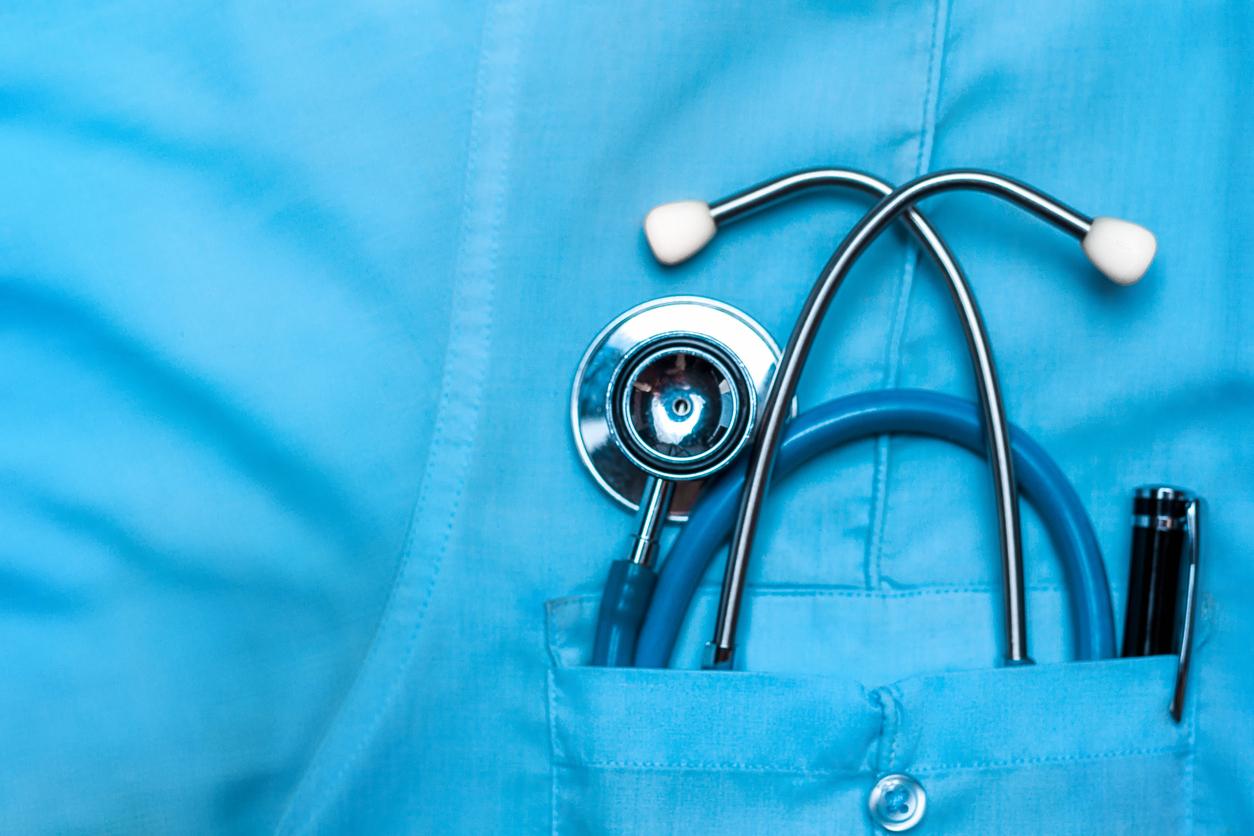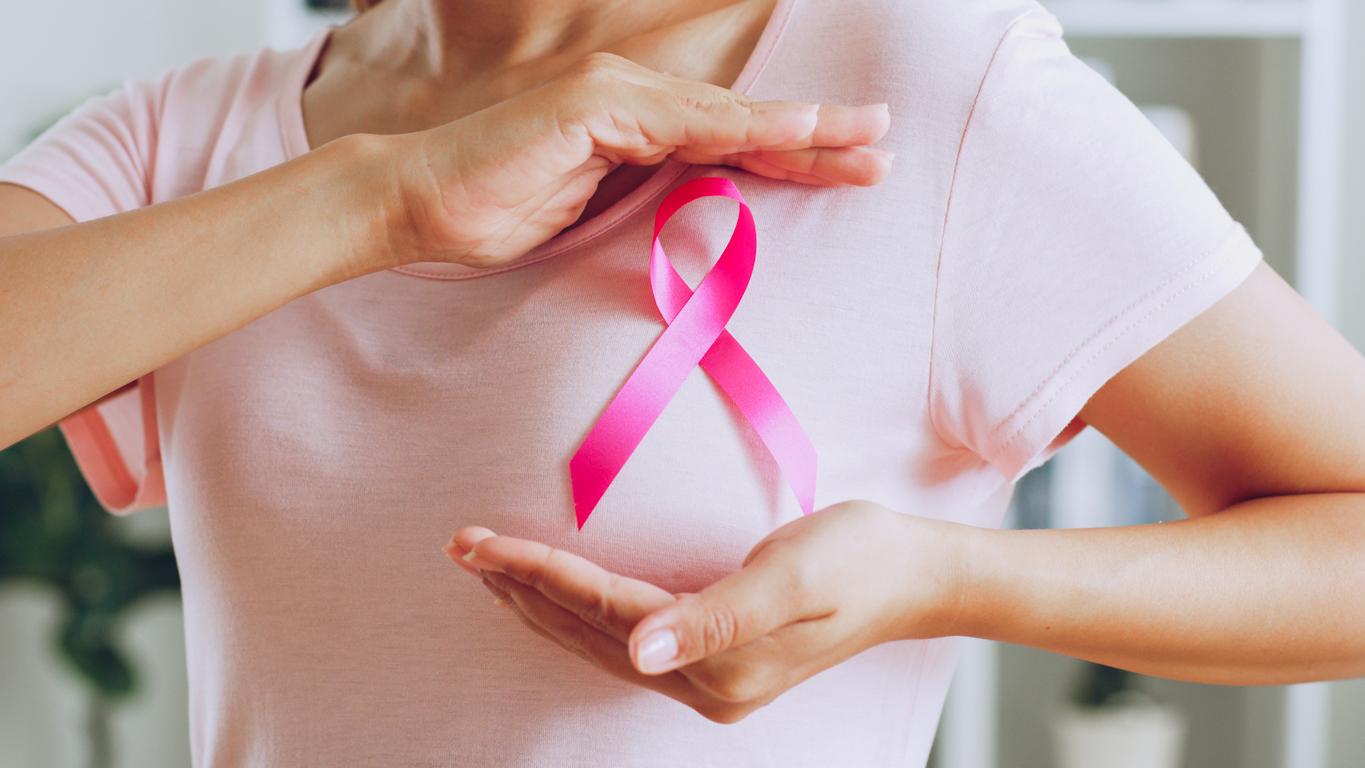Blue March is the month dedicated to mobilization against colorectal cancer. The people concerned by this organized screening are men and women aged 50 to 74 who are at “medium” risk of colorectal cancer, that is to say without any apparent symptoms or family or personal history of colon cancer.
Why from 50 years old?
This age group is particularly targeted because nearly 95% of colorectal cancer cases occur after the age of 50. The structures in charge of screening and the organization of screening therefore invite, every two years, by post, men and women of this age group to consult their attending physician.
How is the test going?
The screening program for Colon Cancer is initially based on a test for blood in the stool. This test that you perform is given to you by your attending physician. at your home before handing it over to the laboratory. Note that the test and its reading by the laboratory are 100% covered by Health Insurance.
In practice, this test should be performed on three consecutive stools. It consists of taking, from each saddle, two very small fragments the size of a grain of rice to place on a plate. The plate is then to be inserted into an envelope T (supplied in the test), to be sent to the reading center whose address is written on the envelope.
What if the test is positive?
In 97 to 98% of cases, the test is negative and your doctor then invites you to renew it two years later. But if this test is positive, your doctor will give you a prescription for a colonoscopy.
Colonoscopy, performed by a gastroenterologist is the reference examination to highlight any abnormalities of the colon or rectum. It also helps to remove adenomas.
>> Read also: Colonoscopy, how to prepare for the exam
This colonoscopy then allows you to escape generalized screening for 5 years (if there is no sign of tumor) or enter close surveillance.
Over the 2010-2011 period, more than 17 million people aged 50 to 74 were invited to get tested. Five million of them have, in the end, carried out the test, ie a participation rate slightly above 32%.
















